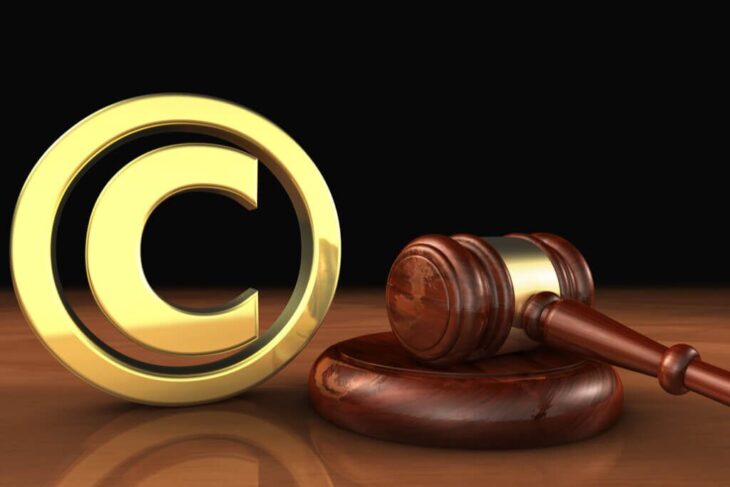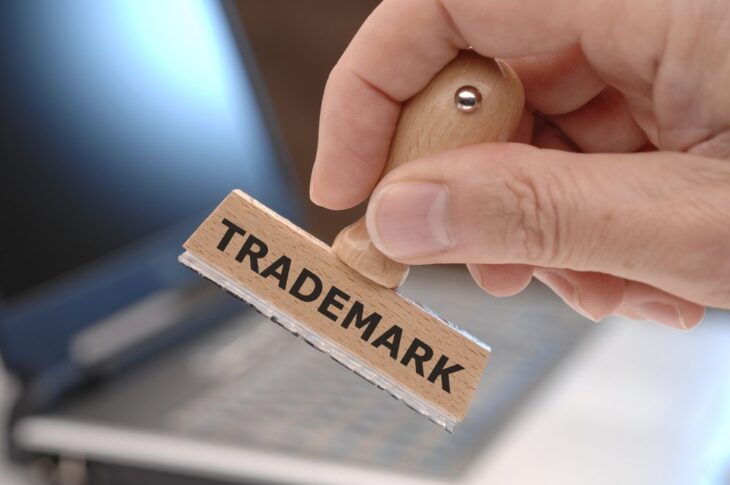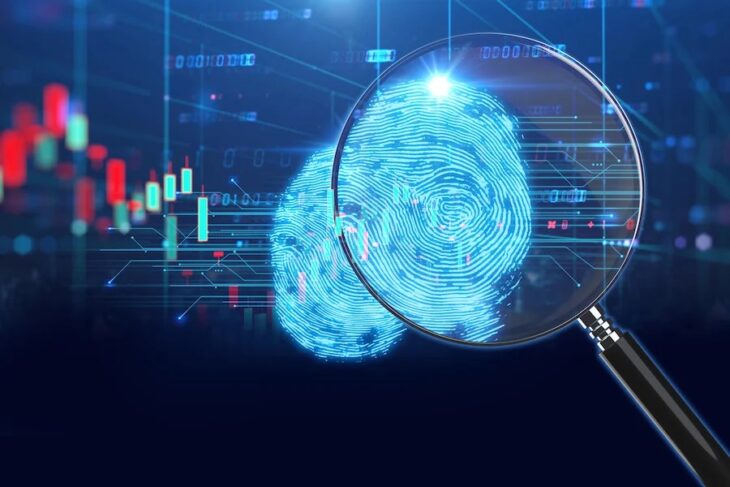What is the world made of? Particles, atoms, chemicals, money, or perhaps nothing at all. These are some of the answers our species has come to accept as true or at least not too far from whatever the truth may be. Many have built their lives based on these ideas, and successfully too. However, if you look closer, you’ll notice that there’s one common strain, a single element that runs through all of those answers.
In one word, that would be – ideas. For American lawyer Ana Juneja, this is where the artists come in. She has made it her life’s work to help them safeguard their intellectual properties a.k.a. their ideas. Ideas are the habitation of artists and creators. Ideas that are transformative, dangerous, risky, mind-boggling, and, for the ones lesser invested in the realm of ideas, outright scary. However, ideas live inside the mind of an artist like a gentle ripple.
With just one stroke of the paintbrush, a flourish of the pen, the powerful grace of a sculpting tool, or the subtle movement of the computer mouse, the artist often turns those ripples into gigantic waves that either wash away older perspectives or wash over generations to come.
Just take a look at the ideas that live among us in the form of Michelangelo’s David, Dante’s Inferno, Raphael’s Madonna, and so on, and you’ll see that the reason such works of art transcend time and become immortal is that they continue to answer things many are yet to question. The realm of ideas is a sacred place; however, being intangible, it is also a place where theft as an art form in itself has brought in corruption, stealth, and embezzlement.
This is where Ana Juneja steps in. As a lawyer who protects such intellectual property, she hopes to preserve the legacy of the mind while helping the creator not fall prey to purposes that can take advantage of their lack of understanding of the legal side of their work. She says, “We live in a very different world from the artists just a century back. Today’s artists are called content or digital creators.
But the problems they face are not very different. Where passionate artists from past centuries often lost the right to their own works because they lacked knowledge of the legal world, today’s creators, being as engaged with their creation, lose out on the same grounds. Today’s digital creators are becoming brands themselves. This makes them valuable, worthy of being cheated if they are not careful.
However, in order to keep the artists from spending their entire time understanding how the law works from the inside and keep bad intentions at bay, lawyers like me are taking up their cause.” Ana Juneja had worked for many years at an international law firm before opening her own firm Ana Law LLC. She now takes up new clients and hopes to educate them in as simple terms as possible regarding the rights they can exercise as creators.
Copyright

Source: legalzoom.com
This is a buzzword that often scares creators. Many have heard it but are acutely unaware of what it actually is. Juneja explains, “Copyright is a form of protection offered for intellectual properties, especially ideas. Depending on the country you are in, its clauses may vary but it essentially means that all creative or intellectual works like drama, music, works of art, and cinema offer a bunch of rights to the owner or creator who is duly licensed.
And they range from the right of adaptation, right of reproduction, right of publication, right to make translations, communication to the public, and more. It gives the owner the right to copy, distribute, or make derivative works.”
Trademark

Source: servpro.com.cy
Another popular and equally less understood term is a trademark. However, unlike copyrights, which can last for decades on end, trademarks must be renewed every ten years. According to Juneja, a trademark simply refers to a “mark that distinguishes the ownership of goods or services of one person or brand from another. It gives the owner the right to continue to maintain the various areas of the distinctiveness of their products without the fear of being copied or duplicated by the competition.”
Patent

Source: alkamalip.com
A patent comes in the form of a government document and allows the creator or inventor to have the exclusive and sole rights in terms of how they make, use, or sell their work or service. They are most commonly applied to inventions. Juneja adds, “Patents are encouraging documents. They make inventors feel safe and when they feel safe, they create more and when they create more, we all benefit. However, since it’s not applicable to all forms of artwork, it becomes extremely important for artists to engage with legal help to find how to best patent their work or whether they must seek out other licensing options.”
Digital watermarks

Source: blog.imatag.com
These are those transparent marks that you often see attached with videos, photographs, etc. According to Juneja, “Digital watermarks have revolutionized the way intellectual properties are protected. The Internet is a world in itself and if every artist has to go through the long processes required for copyrighting or trademarking their work, they’ll be left with very little time to create. Digital watermarks take care of this as they can be easily applied to all of the artist’s works, helping them stay within the creator’s control despite being in the vast public domain.”
For most people, legal matters are bit gibberish and therefore scary. However, with constant improvements being made in the way how the law works, it’s encouraging to see that it’s possible for a layman to know his/her rights. According to Ana Juneja, it’s also a matter of self-education and the more an artist knows about protecting his/her work, the more he/she will be able to protect it.
